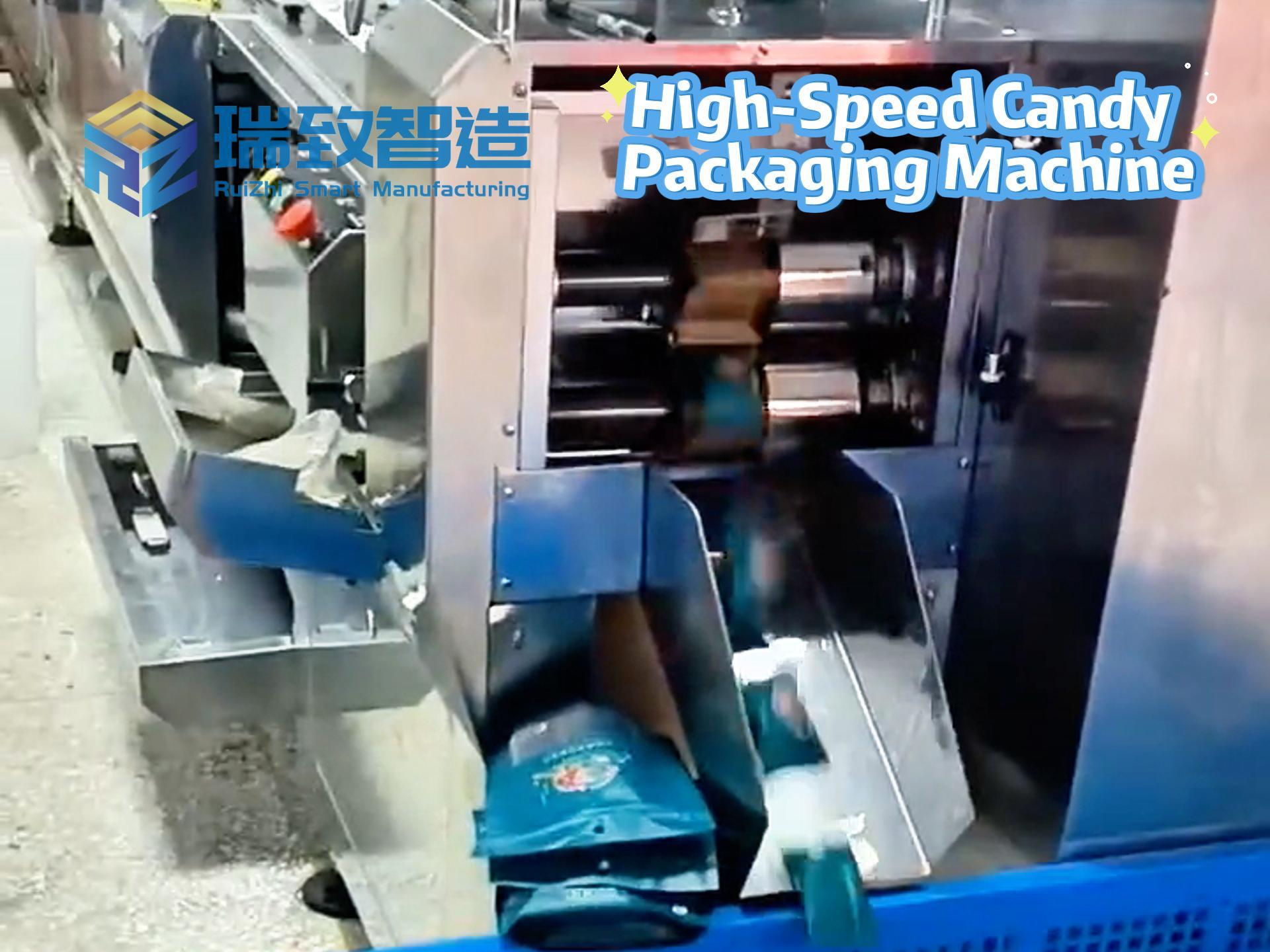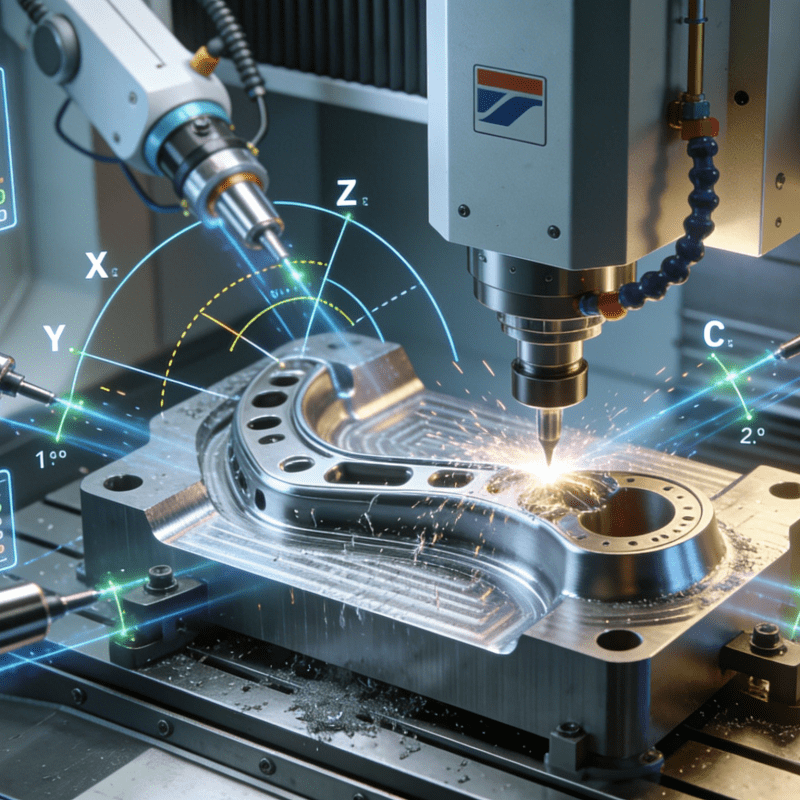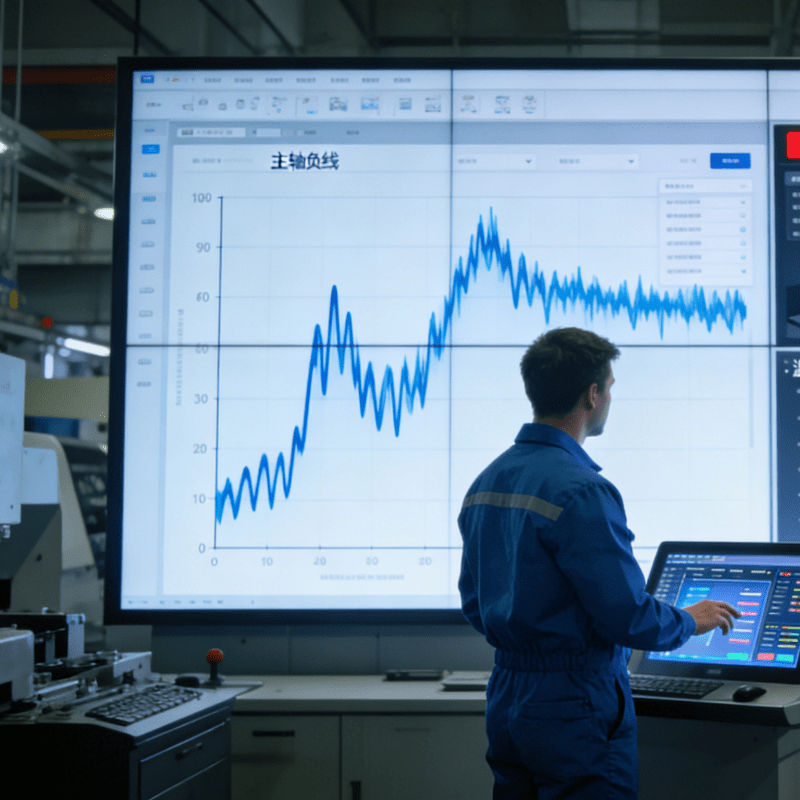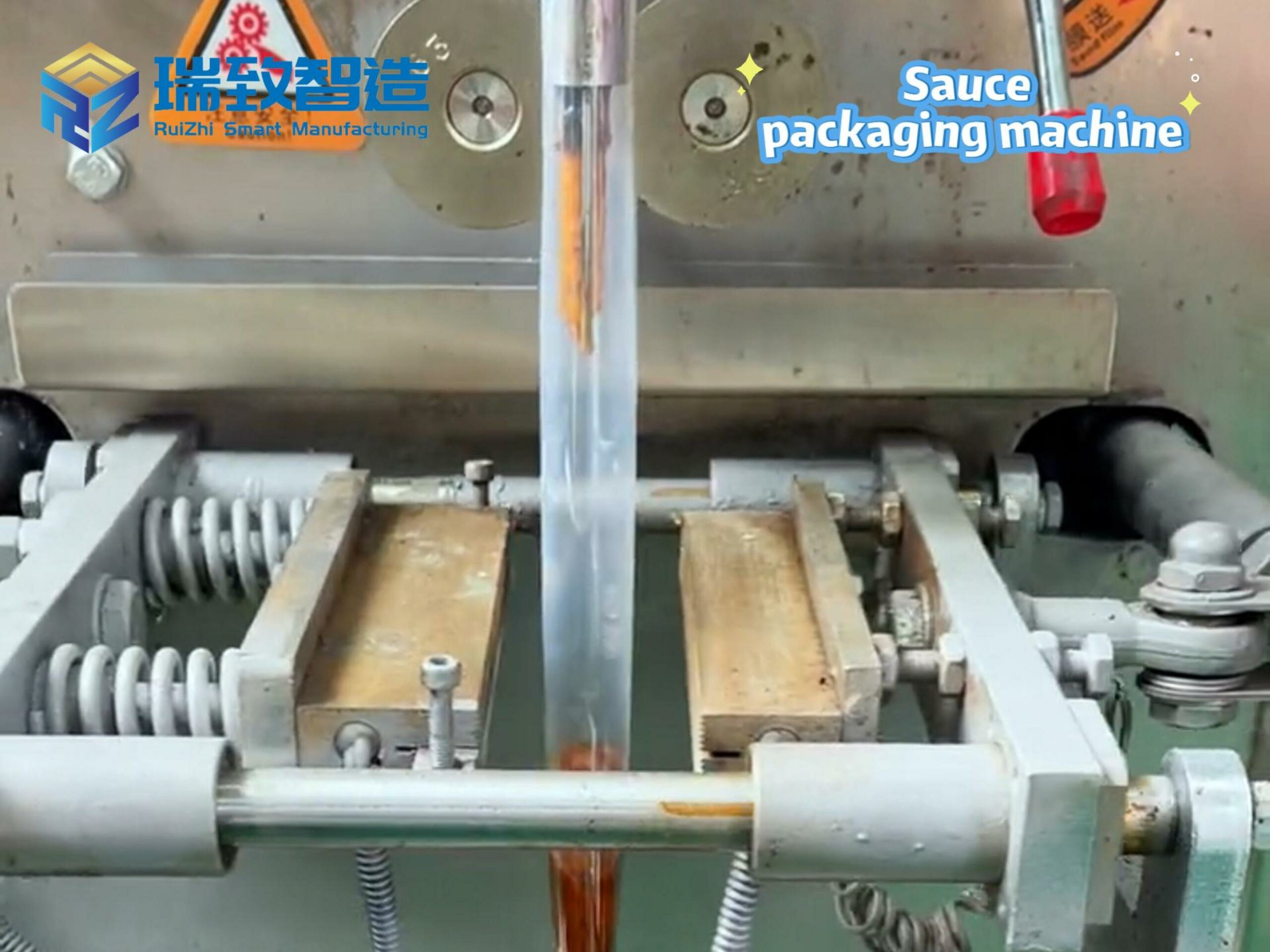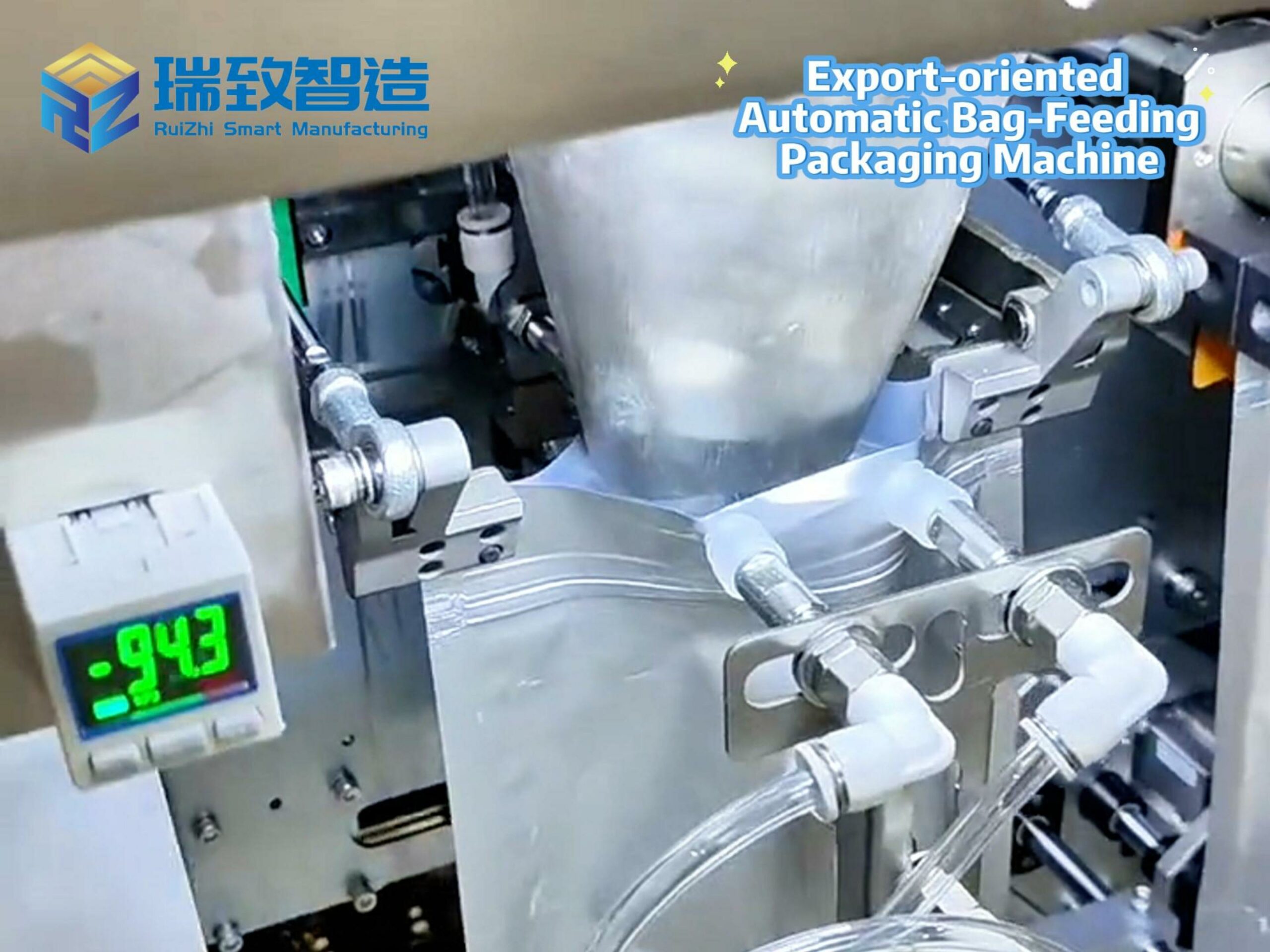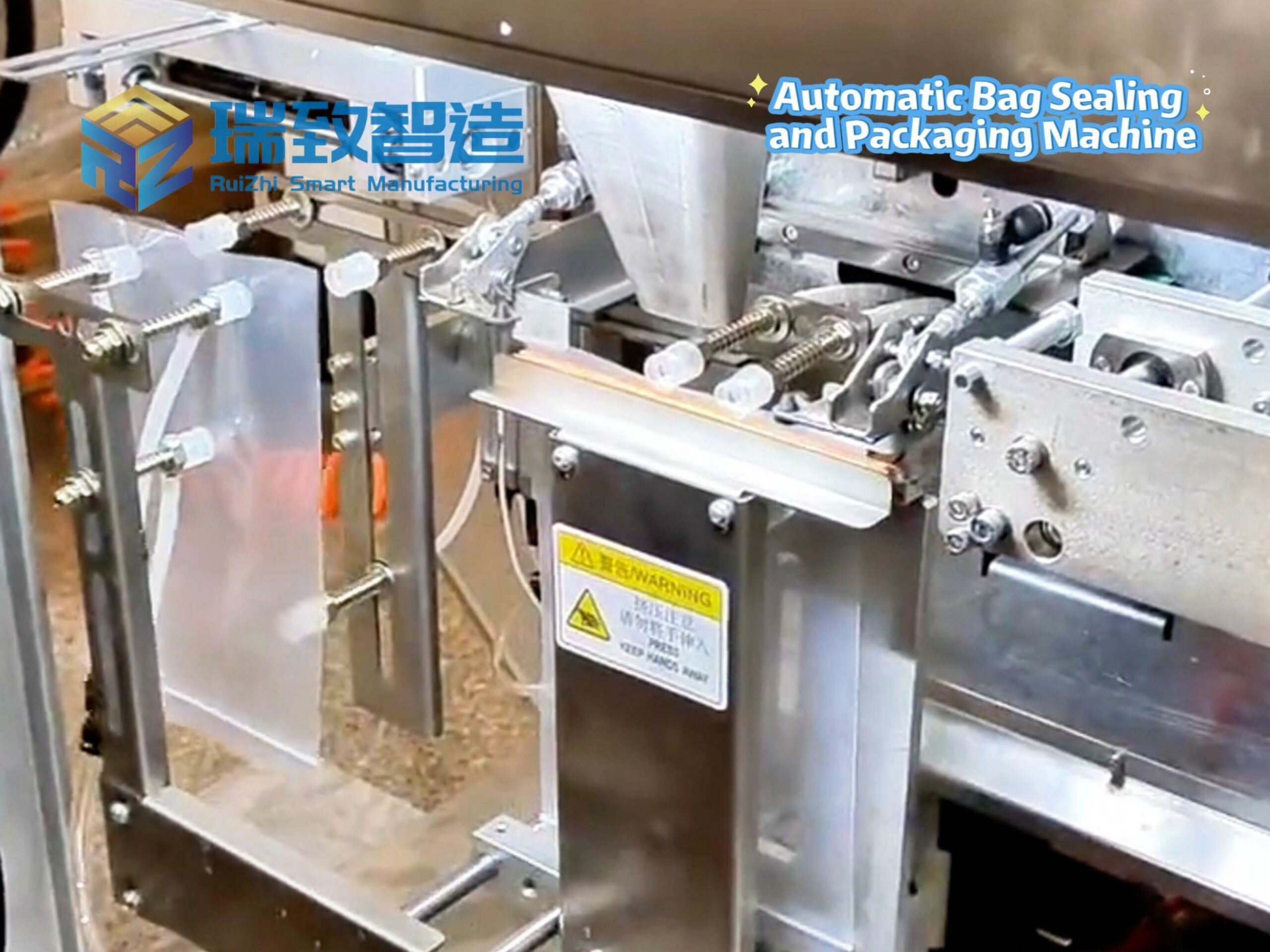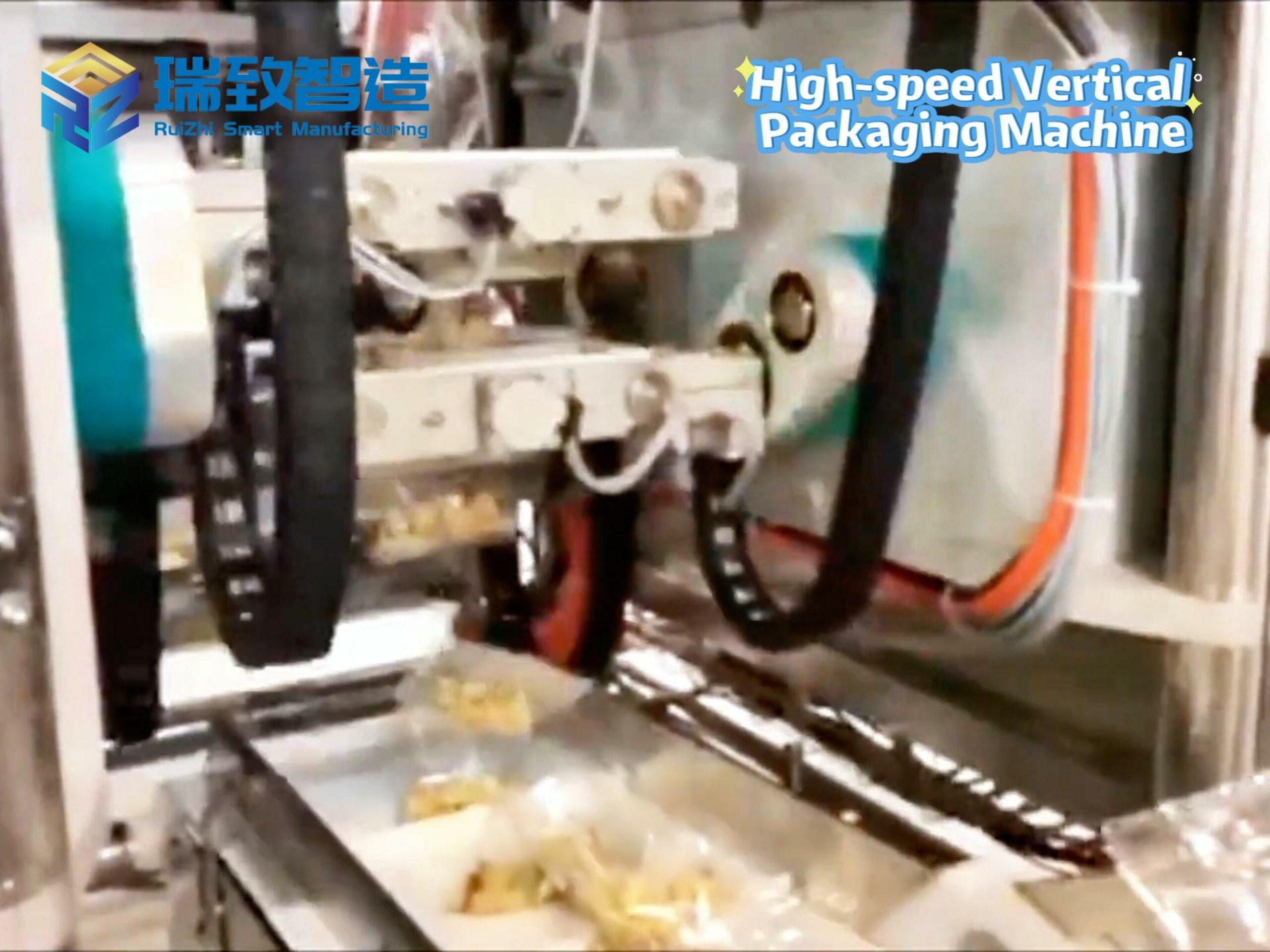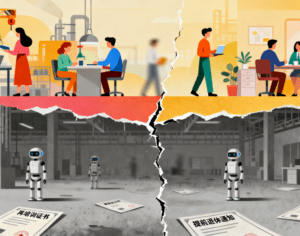
From Cornell Lecture to Urgent Reality: The AI Bubble as Monopoly Giants’ “Self-Rescue Deception”
A week ago, in my capacity as an AD White Professor-at-Large at Cornell University, I adapted the content of my new book into a speech on artificial intelligence (AI) for the university’s annual Nordland Memorial Lecture—this marked my first public remarks on AI. Initially, I was unsure how the audience would react; to my surprise, the speech was met with enthusiastic feedback, and the Q&A session cut straight to the core. A young man stood up, his voice brimming with unhidden anxiety: “Are you saying that one-third of the market value in the stock market is tied up in seven AI companies that aren’t profitable at all? Is this a bubble that could burst at any moment and drag down the entire economy?”
I nodded. “That’s exactly what I’m saying.”
He pressed further: “Then what can we do?”
I reiterated the core argument of my book: This AI bubble is a “self-rescue game” played by monopoly giants. These companies have long dominated existing markets, and their growth has stagnated—yet they desperately fabricate new stories for investors, shifting from “pivoting to video” “cryptocurrency” “blockchain” “NFTs” to today’s “superintelligence.” All these tales are just attempts to prove they still have room to expand. Even more absurdly, their so-called “revenue growth” is essentially propped up by the lie of “replacing workers with AI”: They claim AI can take over most jobs, reducing the remaining workers to “AI nannies” (euphemistically called “human involvement”), but this is fundamentally unworkable.
The real danger lies in this: AI can’t replace your job, but an AI salesperson can 100% convince your boss to fire you and replace you with an AI that “seems capable of doing your work.” Take a mid-sized electronics factory in Ohio I visited last month: The owner was sold a Robotic Small Product Tray Loading System by a top AI firm—promised it could automatically identify 200+ types of tiny components (resistors, capacitors, microchips), adapt to 12 different tray sizes, and replace 6 manual loaders. The boss laid off his team, spent $1.2 million on the system, and within three months, the AI firm’s cloud-based algorithm (which the robot relied on for component recognition) was shut down—part of the company’s “cost-cutting” as investor funds dried up. Suddenly, the “high-tech robot” became a $1.2 million paperweight: It couldn’t distinguish a resistor from a capacitor without the cloud, and the factory couldn’t rehire the old team—half had taken jobs in other states, the rest had retired early. When bubble bursts, those “foundation models” will be shut down with a single click, you’ll find: that “replacement” can’t even do your AI is like asbestos we’ve forced into the walls of society; future generations will spend enormous effort digging it out and cleaning up this mess.
The Myth of Sustainability: Terrible Unit Economics and the Financial Collapse of AI Ventures
I told him: “The only way is to burst the bubble as soon as possible—before it swells beyond control. Aim at its root: those false growth stories that claim ‘AI can replace jobs.’”
But the young man kept pressing: “What if the bubble is already about to burst? What can we do to prepare for this ‘economic crash’?” His voice tightened, and the entire audience could hear his panic.
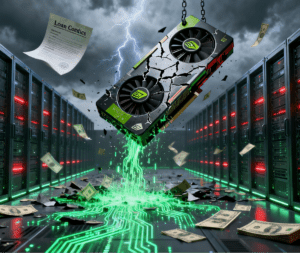
I could only tell the truth: “Maybe there’s nothing we can do. Chances are, it’s already a done deal… ”
I have always believed this: The AI economic apocalypse is not a scare tactic—it is a fact unfolding right now. These AI companies don’t make money, and they never will. They survive by siphoning hundreds of billions of dollars from investors, then burning through that money nonstop—building data centers, buying GPUs, training models—without seeing a single cent of positive returns. Eventually, investors will wake up and realize they’re getting nothing in return; when that happens, billions of dollars in investment will grind to a halt. Remember this: Whatever cannot go on forever, will eventually stop.
Don’t compare this bubble to the early days of the internet or Amazon’s “lose money first, turn a profit later” model. Those companies had solid “unit economics”: every round of technological iteration lowered costs, and more customers meant higher profits. But what about AI companies? In the words of journalist Ed Zitron, they have “shit unit economics”—each generation of AI models is more expensive than the last, and every new customer adds to their losses.
A lengthy report in this week’s Wall Street Journal (co-authored by Eliot Brown and Robbie Whelan) laid bare the financial disaster of AI companies in even greater detail. The report compares this bubble to the fiber optic boom triggered by the WorldCom fraud scandal—back then, WorldCom’s CEO ended up in prison until his death, but today’s AI bubble is larger than any crisis in recent history.
Even more absurd is the financial logic behind data centers: Some companies are actually using their NVIDIA GPUs as collateral for loans. But everyone knows that nothing depreciates faster than silicon chips—except maybe freshly caught fish. The depreciation rate of GPUs in AI data centers is even three times higher; it’s common for tens of thousands of chips to burn out after just 54 days of model training. What’s being burned here isn’t just chips—it’s investors’ money, and the future of the entire economy.
Inevitable Burst, Devastating Fallout, and the Tragedy of Powerlessness
We went back and forth like this, with him repeating the same question in different tones, as if demonstrating every subtle emotion in the “five stages of grief.” An awkward, tense murmur of laughter rippled through the room—but no one was truly laughing. Everyone was thinking: The AI economic apocalypse he’d described was imminent, and this young man, drowning in six figures of student debt and about to step into a collapsing economy, what would become of his future?
The AI economic apocalypse isn’t a question of “if” it will come, but “when.” When the bubble bursts, AI companies that rely on burning money will collapse, stock markets dependent on AI hype will fluctuate wildly, and countless people like that young man at the lecture will be dragged into the quagmire of “no jobs, but mountains of debt.” We once had a chance to stop all this—burst the bubble, stop telling the lie that “AI replaces jobs”—but now the crisis is right in front of us, and it seems all we can do is face its arrival head-on.
Perhaps the saddest part is this: We know full well this is a disaster, yet we watch it approach step by step, powerless to stop it. Just like the young man’s repeated question—“What can we do?”—the answer may have been clear from the start: We could have done so much, but we did nothing.

